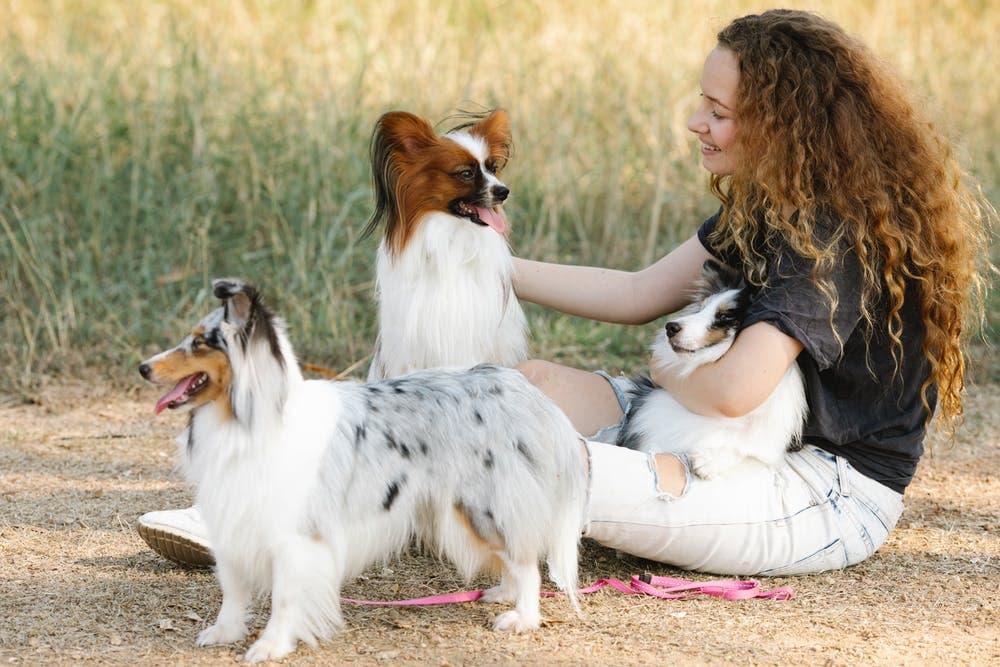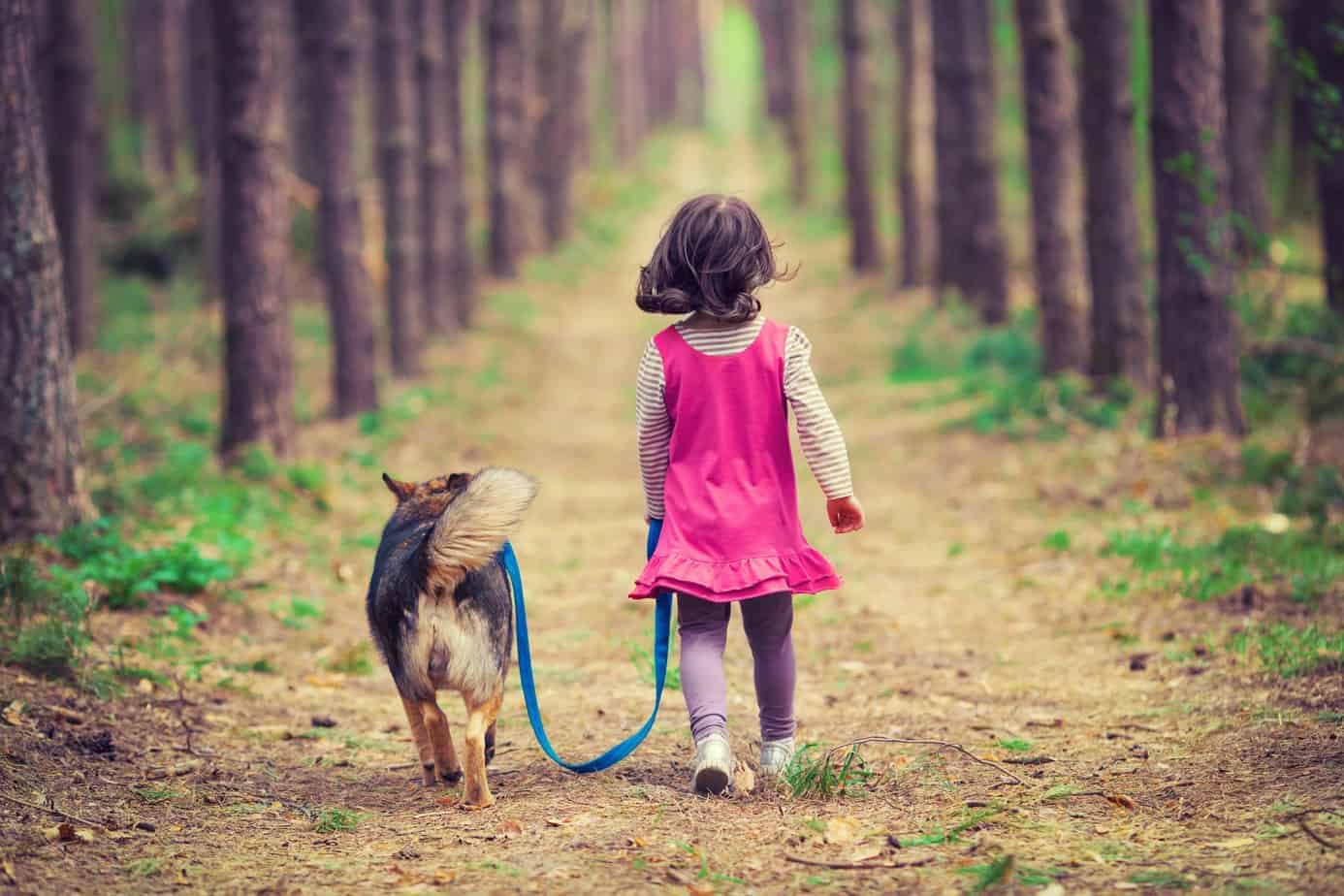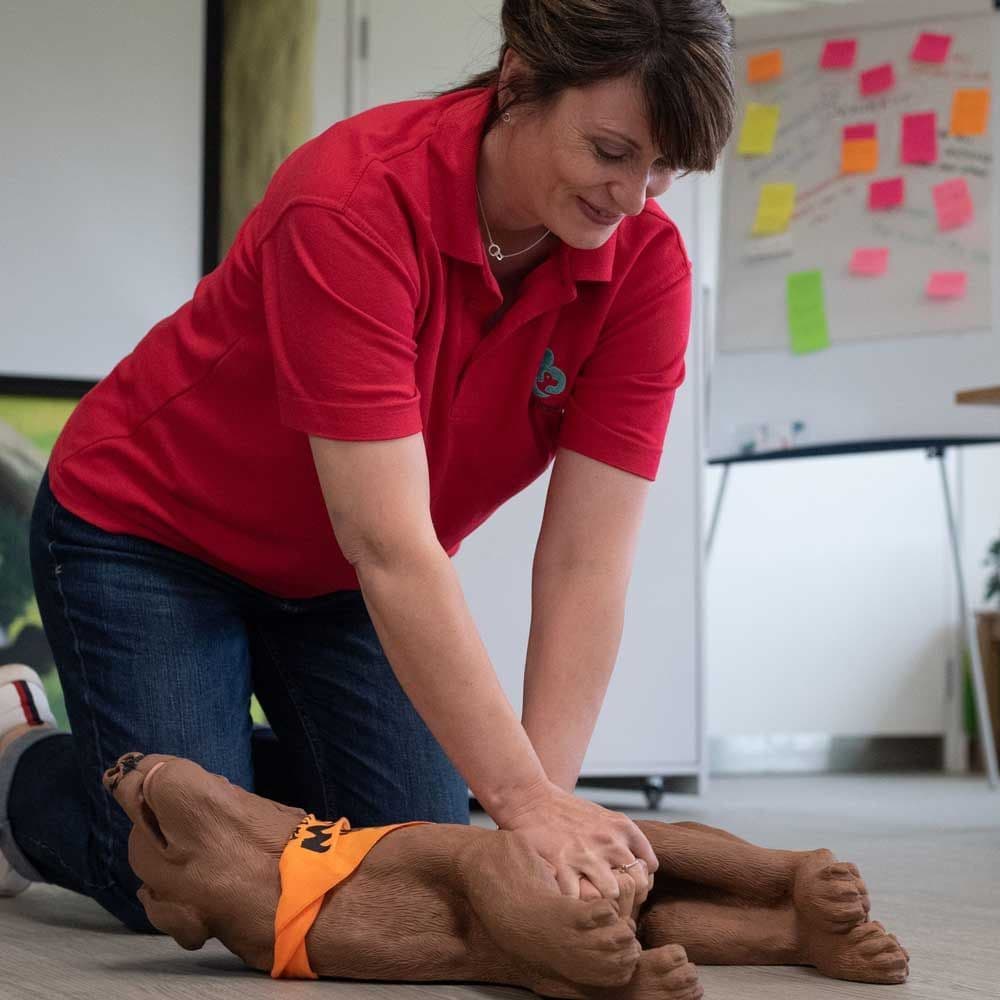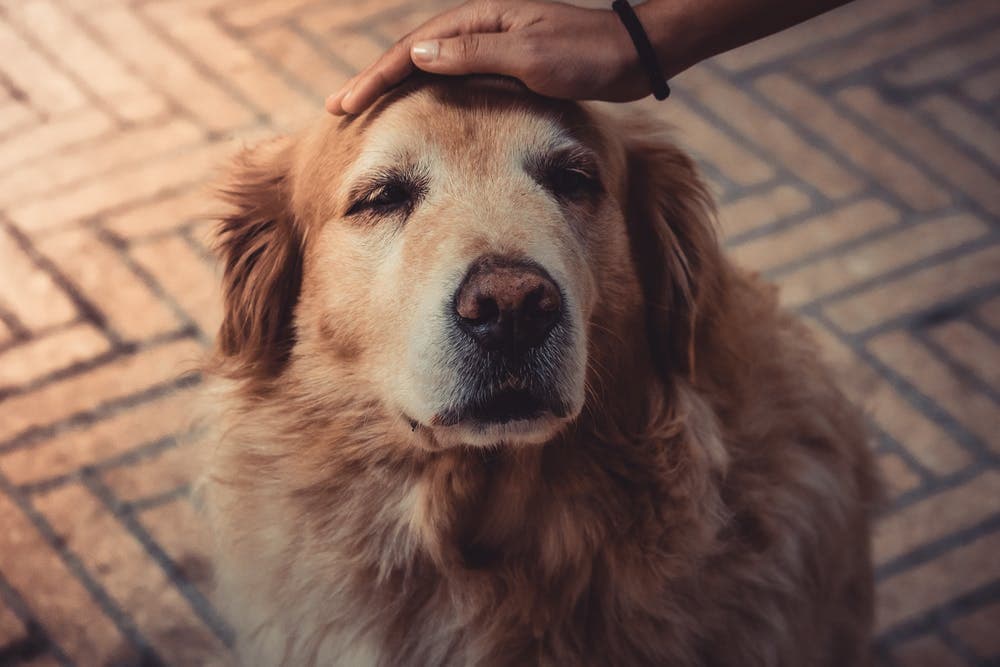
February is National Children’s Mental Health Month. This is a subject close to my heart because I have two children who are neurodiverse and periodically struggle with their own mental health. I’m also a canine professional so I thought I’d combine the two subjects in an article about why dogs are so good for children’s mental and physical health.
Why dogs are so good for children’s mental and physical health
There are many, well documented, benefits to children (and adults) of having a dog in the family. Petting a dog releases ‘happy’ hormones which makes a child, well, happier! These children are less likely to suffer from anxiety and depression. These same hormones can potentially also reduce feelings of pain.
Children will generally be fitter, getting more exercise and fresh air. They will become ill less often – the microbes that dogs carry in from outdoors seem to improve the developing immune system and there is even a reduced risk of allergies and asthma.

Having a dog in the family can help a young child with its emotional development and empathy. It can help with speech development and speech difficulties. The child can learn about caring for another being and about responsibility. Children may feel safer and protected with a dog ‘brother/sister’.
For some older children, dogs can prevent social isolation, they can be an accepting, loyal and non-judgemental companion. This unconditional love can be particularly stabilising and reassuring for teenagers and children with additional needs and disabilities. Therapy dogs can also be extremely beneficial. There are many fantastic charities providing this kind of support.
It is, of course, crucial to supervise the interactions of children and dogs and to educate the child. Statistically children are much more likely to get bitten by a dog than an adult is, mainly because they are less likely to read the dog’s body language and adapt their behaviour accordingly.

In our workshops we talk about the importance of recognising signs of stress in dogs (including teaching any children in the family). Sometimes, teaching first aid is as much about prevention as it is about treatment. You need to be able to safely treat a dog that is likely to be frightened and in pain – you need to understand their body language because they can’t tell you verbally.
It’s also important to keep your dog under control around unknown children. A frightening experience around a dog can cause long-term anxiety in children, often extending into adulthood and sometimes even lasting a lifetime.
Debby Lucken, founder of Kids Around Dogs says this:
“Often, people have an image of their dog being a constant companion to their children and some parents believe the dogs love all sorts of attention and behaviours from the kids, however this is not the case.
While many dogs endure very well certain ways of being handled, some high level of noise and so on, others are not as tolerant and if we keep pushing dogs over their limits, just like it might happen to humans, they might react negatively.
Dogs use their body to communicate their feelings, may those be happy, sad or angry ones. We ought to learn and understand the way dogs communicate with us in order to lead and to give them a better, safer and happier life.”

From a first aid perspective: I strongly believe that every dog owner and professional should have first aid training. I’ve written other blogs and articles about how and why this is important. In summary: you can’t call an ambulance for a dog, you might not have time to get to a vet (e.g. choking, arterial bleed) and the actions you need to take may be different from what you would use on a human (e.g. choking, CPR). In fact, under the Animal Welfare Act 2006 we have a duty of care to our animals, to do our best to minimise pain and suffering and to prevent injury.
As mentioned earlier, with dog ownership comes responsibility and, although the adults in the family will have ultimate responsibility for the dog’s welfare needs, there’s no reason why the children can’t be involved in this too. It can actually be really empowering to feel that you would know what to do in an emergency. Whether adult or child, for someone who struggles with their mental health, learning skills that can make them feel more in control and more confident has got to be a positive thing.

Our dog first aid training is open to children as well as adults. The content may not be suitable for young children (under 12s) if they are particularly sensitive so we ask that they be accompanied by an adult and parents will need to sign a disclaimer for under 16s, but there is no particularly graphic content.
We try to make the training as inclusive as possible. Guide dogs and interpreters are always welcome. Class sizes are restricted to 30 and usually in large halls where seating can be spread out as necessary. It’s also informal, relaxed and friendly. You can take a break when you need to, ask as many questions as you like, bring cushions and blankets and whatever you need to feel comfortable. If you’d prefer to do the training online then that’s also possible – We run regular online sessions too.
Dog First Aid Training offer the Continued Professional Development (CPD) accredited Emergency Canine Care™ (ECC) course. The course is written by vets and is regularly updated. Examples of the life-saving skills and knowledge you can gain from a canine first aid course include CPR, choking, GDV/bloat, shock, bleeding, seizures, heat stroke, burns and scalds, toxic ingestion and road accidents.


